USS Blenny SS-324
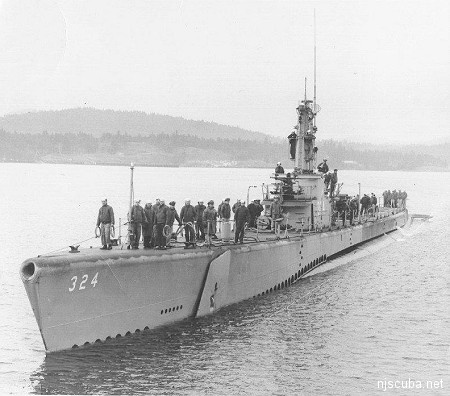
- Type:
- shipwreck, Balao ( modified Gato ) class submarine, U.S. Navy
- Built:
- 1944, Electric Boat Company, Groton, CT USA
- Specs:
- ( 312 x 27 ft ) 1810 tons, no crew
- Sunk:
- Wednesday June 7, 1989
artificial reef - Depth:
- 70 ft
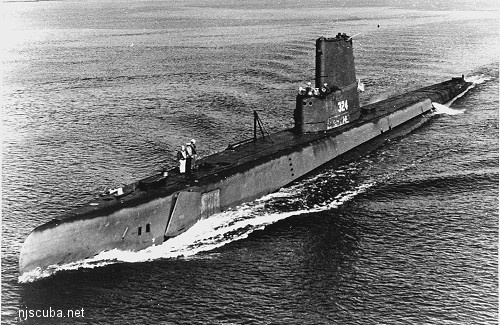
The Blenny doesn't really belong here, since she is actually sunk off Ocean City Maryland, several hours drive south ( occasionally wrongly reported as Ocean City NJ. ) She lies on her starboard side, completely intact, with several large holes cut in her deck. Unlike some old submarine wrecks, which honestly resemble sewer pipes more than ships, the Blenny retains her shape and character and makes an interesting dive if you are ever down that way.
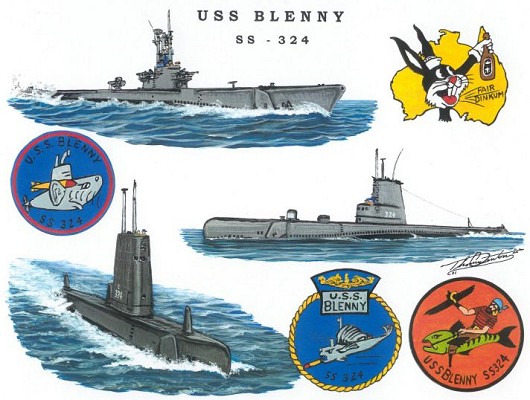

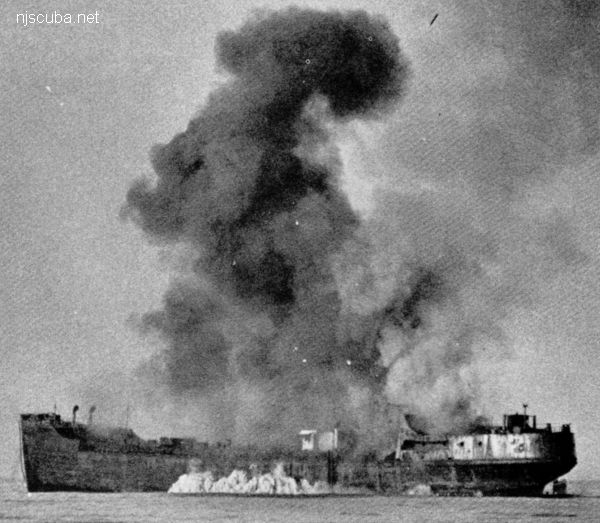
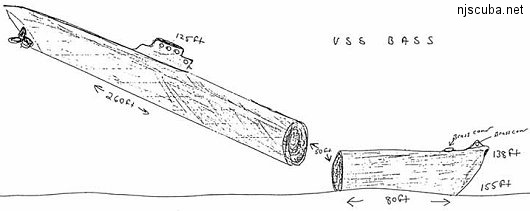
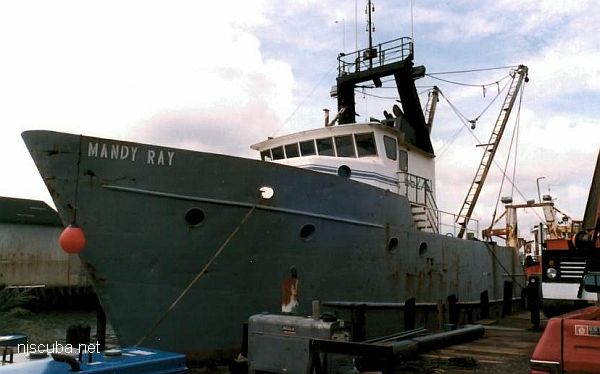
ROBERT J KERTES:
February 18, 2025 at 10:27 am
Served onboard and qualified on her from 1956 to 1959 and transferred to the 1st A boat Nautilus SSN571 and retired in 1964 EXcellent duty on boat boats. Would do it all over again.
Lester Scrivnor:
October 31, 2024 at 6:01 pm
My name is Les scrivnor, I've made about 8 or 10 dives on the Blenny, first one about 1 week after it was sank. Great spear fishing, I'm now 87, no more scuba for me, enjoyed every minute of it.